Brake Pedal Not Fully Returning? 12 Possible Causes Explained
When you release the brake pedal, it should return to its normal position. However, this might not always be the case. If you notice that the brake pedal is not fully returning, it’s crucial to address the issue as soon as possible. The braking system in a vehicle must be working at 100% efficiency when it comes to safety.
If you are experiencing this issue, we will provide you with some possible causes for why the brake pedal does not return all the way. Let’s start.
Why Does the Brake Pedal Not Return All the Way?
Here’s a list of possible causes for a brake pedal not fully returning:
- Sticky or seized brake caliper
- Faulty brake master cylinder
- Collapsed or damaged brake hose
- Weak or broken return springs (in drum brakes)
- Air in the brake lines
- Malfunctioning brake booster
- Binding or rusted pedal mechanism
- Incorrectly adjusted brake pedal
- Contaminated or incorrect brake fluid
- Swollen or deteriorated brake line seals
- Overextended or damaged brake pistons
- Obstructed master cylinder compensating port
Let us explain these factors in detail.
Sticky or Seized Brake Caliper
When you encounter a situation where your brake pedal isn’t fully returning, a common culprit could be a sticky or seized brake caliper. This issue is something you might come across in your vehicle’s brake system.
Imagine the caliper, which is crucial for pressing the brake pads against the rotor, getting stuck due to corrosion, accumulated dirt, or lack of proper lubrication. These problems, often linked to hydraulic brake issues or brake fluid leaks, prevent the caliper from releasing the pads completely.
As a result, there’s continuous, unwanted pressure on the rotor. This persistent drag means the brake pedal can’t spring back as it should. It’s a scenario that not only affects your brake system’s efficiency but also poses a safety risk while driving.
Faulty Brake Master Cylinder
A faulty brake master cylinder could be another reason why the brake pedal not returning to its original position. This is a critical entity in your vehicle’s hydraulic brake system. When the master cylinder malfunctions, it fails to properly regulate the hydraulic pressure.
This is akin to experiencing hydraulic brake problems or brake fluid leaks. The cylinder might not release the pressure effectively, leading to constant engagement of the braking system.
As a result, when you press and release the brake pedal, it doesn’t return to its normal position.
Collapsed or Damaged Brake Hose
When you experience your brake pedal not fully returning to its normal position, a collapsed or damaged brake hose could be a key factor.
A brake hose in good condition is essential for maintaining consistent hydraulic pressure and fluid flow. If it’s collapsed or damaged, perhaps due to wear or external damage, it can act like a one-way valve.
This malfunction traps the brake fluid under pressure even when you release the brake pedal, preventing it from returning to the reservoir. Consequently, the constant pressure keeps the brakes partially engaged, hindering the pedal’s ability to return fully.
Weak or Broken Return Springs (in drum brakes)
This is especially true in vehicles with drum brakes; weak or broken return springs could be the culprit. These springs are crucial entities in the drum brake mechanism.
Their primary role is to pull the brake shoes away from the drum after you release the brake pedal. When these springs are weak or break, they lose their tension and effectiveness.
Consequently, the brake shoes fail to retract fully, maintaining some contact with the drum. This continuous contact results in the brake pedal not returning to its normal, disengaged position.
Air in the Brake Lines
Air in the brake lines disrupts the hydraulic pressure that’s crucial for effective braking. Normally, when you press the brake pedal, hydraulic fluid transfers this force uniformly.
However, the air compresses differently than fluid, leading to inconsistent pressure and a spongy brake pedal feel. When you release the pedal, this inconsistency can prevent the pedal from returning to its full, upright position, leaving the brakes partially engaged.
This condition not only compromises your vehicle’s braking efficiency but also poses a significant safety concern.
Malfunctioning Brake Booster
This component is central to your vehicle’s brake system, enhancing the force applied to the master cylinder. The brake booster uses vacuum or hydraulic pressure to multiply the force from your foot, making braking easier.
If it malfunctions, due to issues like vacuum leaks or diaphragm failures, it can’t provide this assistance effectively. This malfunction can lead to a situation where, after you press and release the brake pedal, it lacks the necessary force to return to its normal position.
Binding or Rusted Pedal Mechanism
We recommend you consider checking for a binding or rusted pedal mechanism. This part of your vehicle’s brake system is pivotal for smooth pedal operation. Over time, exposure to moisture and lack of maintenance can lead to rust and corrosion in the pedal assembly.
This deterioration can cause the pedal mechanism to bind or stick, preventing it from moving freely. When you press the brake pedal, these binding conditions can hinder its ability to smoothly return to the default position, leaving it partially engaged.
Incorrectly Adjusted Brake Pedal
If you’re experiencing a brake pedal that doesn’t fully return, it could be due to incorrect adjustment of the brake pedal. The brake pedal in your vehicle is adjustable and needs to be set at the correct height and free play for optimal performance.
If it’s adjusted too low or with insufficient free play, it can lead to continuous, slight engagement of the brakes. This improper setting prevents the pedal from returning to its full, upright position after you release it.
Much like dealing with hydraulic brake problems or brake system malfunctions, an incorrectly adjusted brake pedal can affect the efficiency of your braking system and, importantly, compromise your safety on the road.
Contaminated or Incorrect Brake Fluid


Meet Lakith, the driving force behind MyGasMagazine.com. A seasoned mechanic with over 7 years of hands-on experience in our family-run Gas Mag Garage, Lakith combines his technical expertise with a deep passion for cars. His journey in the automotive world began alongside his father, learning the intricacies of car repair and maintenance. Today, as the founder of MyGasMagazine.com, Lakith shares his wealth of knowledge, offering readers a unique blend of practical advice, industry insights, and engaging stories from the vibrant car culture of Sri Lanka.

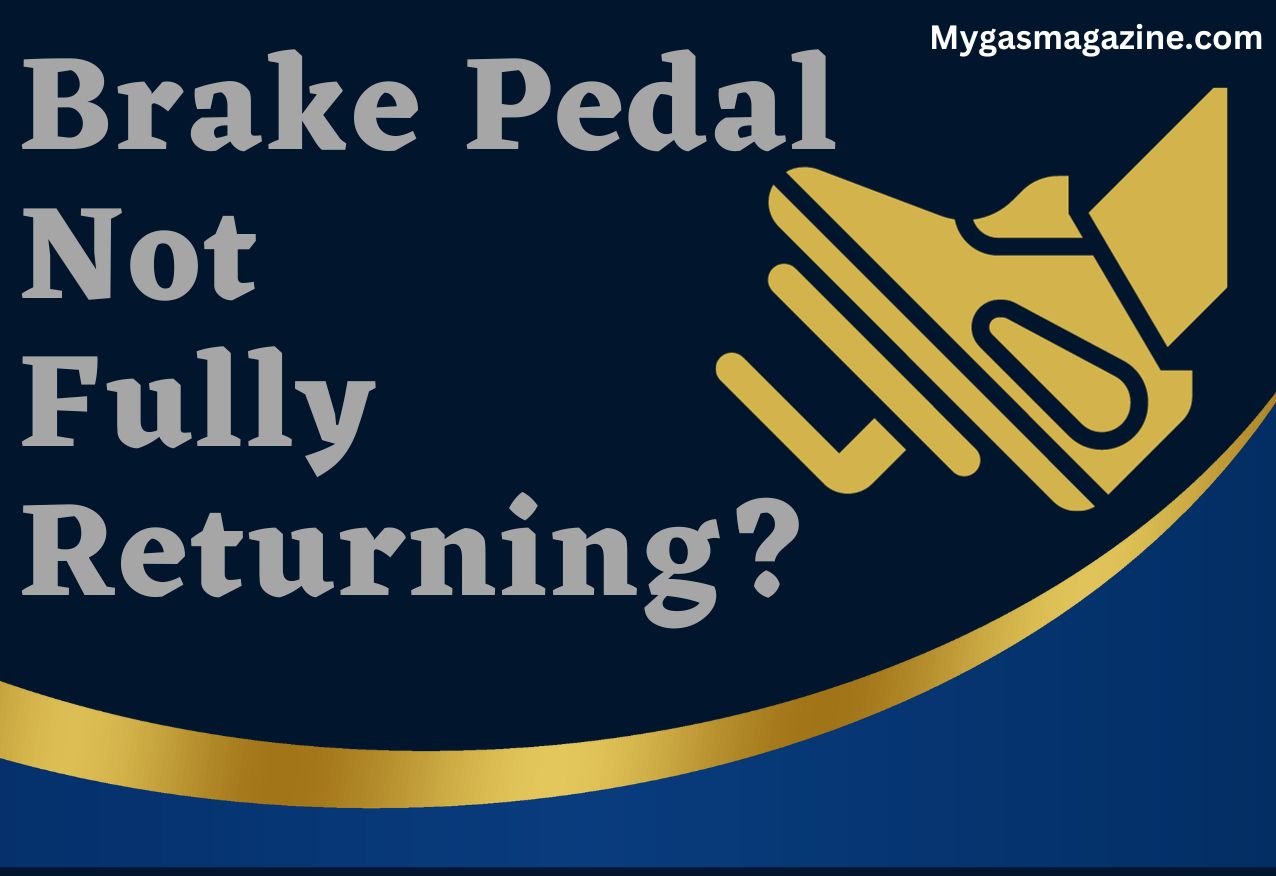
![Can You Use Carbon Brake Pads on Alloy Rims? [Full Guide]](https://mygasmagazine.com/wp-content/uploads/2023/12/Does-2-768x530.jpg)
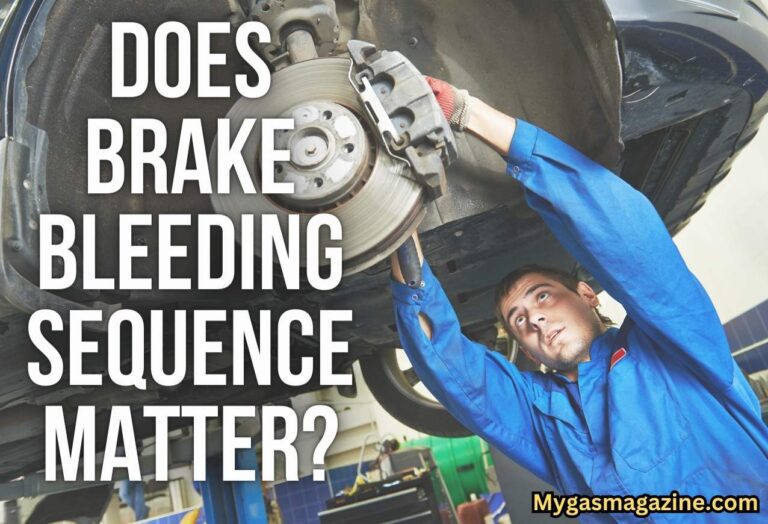
![Do Brake Pads Have Asbestos? [Pros and Cons]](https://mygasmagazine.com/wp-content/uploads/2023/12/How-Long-do-brake-pads-last-2-768x530.jpg)
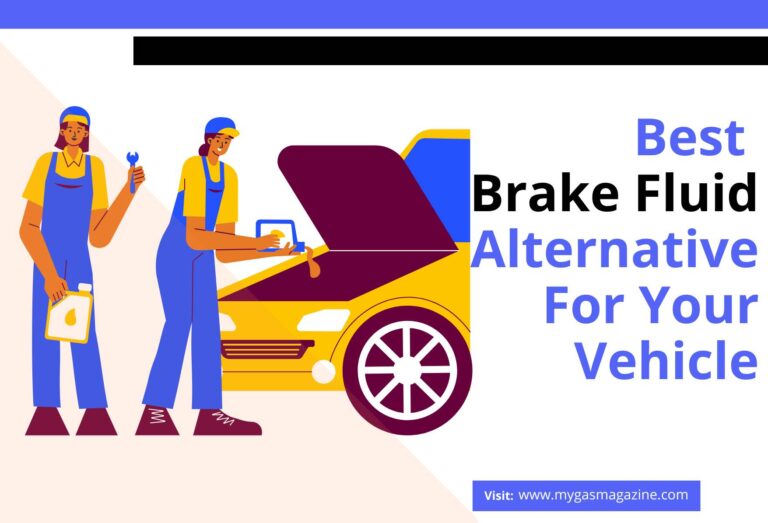
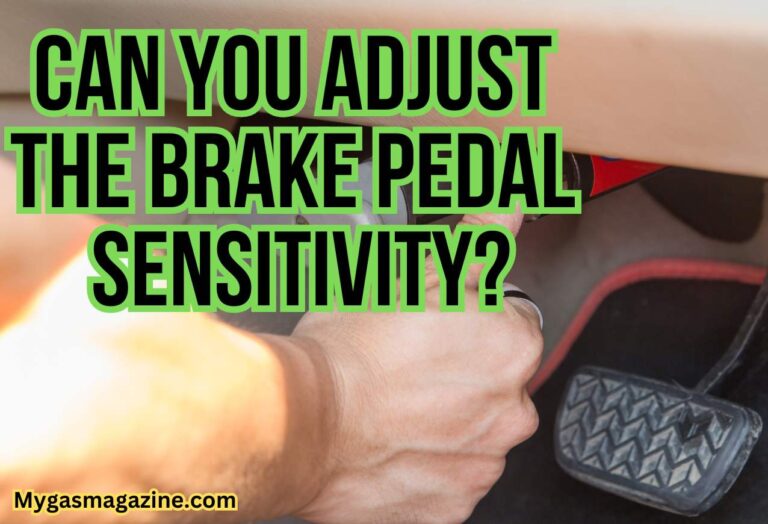
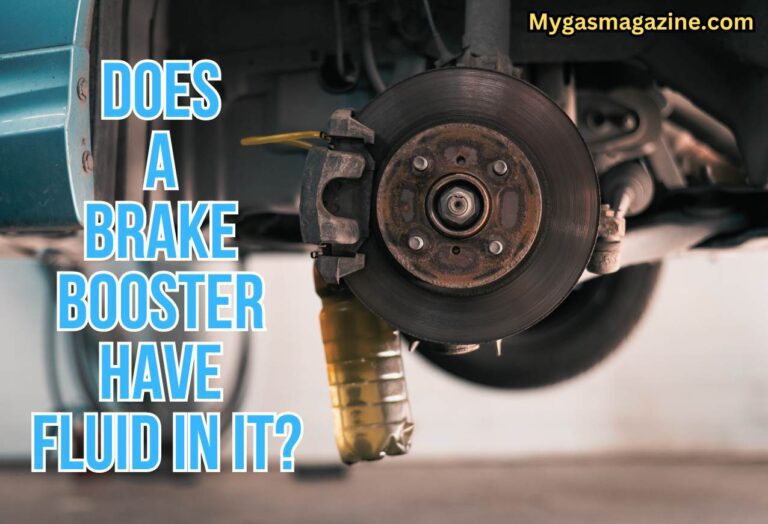
One Comment
Comments are closed.